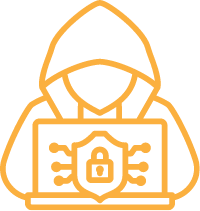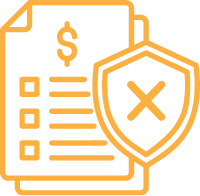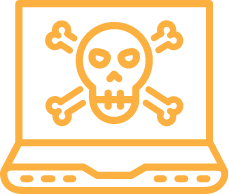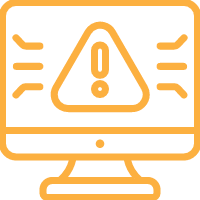Ordinarily, immaturity isn’t something too serious. If you’ve ever been called immature, you’ve probably done something silly and harmless. But when talking about immaturity in a cybersecurity sense, it isn’t quite as light-hearted.
What do we mean by this, and what does it mean for your business if your cybersecurity system isn’t as mature as it could be?
In this post, the experts from Real Innovation Group everything you need to know about the Australian Cyber Security Centre’s Essential Eight controls for good cybersecurity, and the maturity model that relates to it.
The Essential Eight
In order to explain maturity levels, we have to first talk about the Essential Eight practices for cybersecurity, outlined by the Australian Cyber Security Centre. These eight core measures create a solid foundation on which all Australian businesses and organisations can develop a strong, practical cybersecurity system. They include:
- Application control
Application control involves detecting applications which are allowed to be used, and developing controls to ensure only those which are permitted are accessible so as to minimise the risk of installing an app that contains malicious code. - Patch applications
Testing and installing code changes, or patches, on your computer systems is the focus of patching applications. This helps repair vulnerabilities in your systems and identify defects, keeping your organisation updated and secure. - Configure Microsoft Office macro settings
Microsoft Office settings should be configured so that staff are only able to execute macros on an as-needed basis. This protects important information which your Microsoft documents may contain. - User application hardening
Hardening applications includes blocking web advertisements by using web browser add-ins or extensions, or implementing web content filtering. This can prevent the compromise of a system. - Restrict administrative privileges
Administrative privileges are commonly exploited for cyberattacks. Create separate attributable accounts for personnel who conduct privileged operations and limit the escalation of critical activities. - Patch operating systems
Patching operating systems is similar to patching applications; here, we check for certain vulnerabilities in your operating systems and test patches for safety before deploying them. - Multi-factor authentication (MFA)
The ACSC recommends multi-factor authentication, visual notifications for each authentication request and storing software certificates in the trusted platform module of your devices. - Regular back-ups
Online and offline back-ups should be regularly conducted and measures should be implemented to indicate when a breach has occurred.
What are maturity levels for the Essential Eight?
Maturity levels are the way we assess how effectively an organisation is implementing the Essential Eight. The levels range from 0 to 3; Level 0 being the least effective, while Level 3 being the most effective.
- Level 0: not at all aligned with the Essential Eight cyber threat mitigation strategy
- Level 1: partially aligned with the functions of the mitigation strategy
- Level 2: mostly aligned with the functions of the mitigation strategy
- Level 3: totally aligned with the functions of the mitigation strategy
What is Maturity Level 3?
On the ACSC’s maturity model, Level 3 is the highest bracket of Essential Eight adherence. Businesses that have a Level 3 cybersecurity rating are highly-equipped to deal with the risk of cyberattack from advanced adversaries. The focus of maturity level 3 is adversaries who are sophisticated and adept in their cyberattack approach; they rely much less on public tools and techniques, are able to exploit weaknesses such as older software or inadequate logging and monitoring, and are better at evading detection.
How to take your business to Maturity Level 3
If you’re looking to elevate cybersecurity standards within your business, simply get in touch with Real Innovation Group. Our team of cybersecurity experts are highly skilled and experienced in implementing the Essential Eight within businesses like yours. We offer a range of cybersecurity services, along with cyber insurance and more. Real Innovation Group is known right across Australia for:
- Attention to detail
- Solutions to meet all budgets
- Flexibility and scalability
- A dynamic range of services
- Exceptional customer service
- Professionalism
Contact Real Innovation Group for our A-grade cybersecurity services
If you think your business or organisation could reach a higher maturity level, simply get in touch with Real Innovation Group. Real Innovation Group are Australia’s leading team in a broad range of IT services. Whether you need to bolster your cybersecurity or want a committed team of professionals for other IT tasks, Real Innovation Group is here for you. Our managed services ensure your business is reducing wasted time and money on training and staff upkeep, while giving you high quality cybersecurity. Prevent problems, get innovative solutions and save money all at the same time when you talk to the team at Real Innovation Group and inquire about our managed cybersecurity services today!
Want to know how Instant Windscreens and Tinting saved 2,000 hours per month?
Instant Windscreens and Tinting use JourneyPRO in their business today.
“JOURNEY is a ‘first-in-our-industry’ technology that improves our customer service offering, and claims back approximately 2,000 hours monthly in route scheduling for our branch management teams.”
Read more about how JourneyPRO has transformed Instant Windscreens’ business by downloading the case study here.










